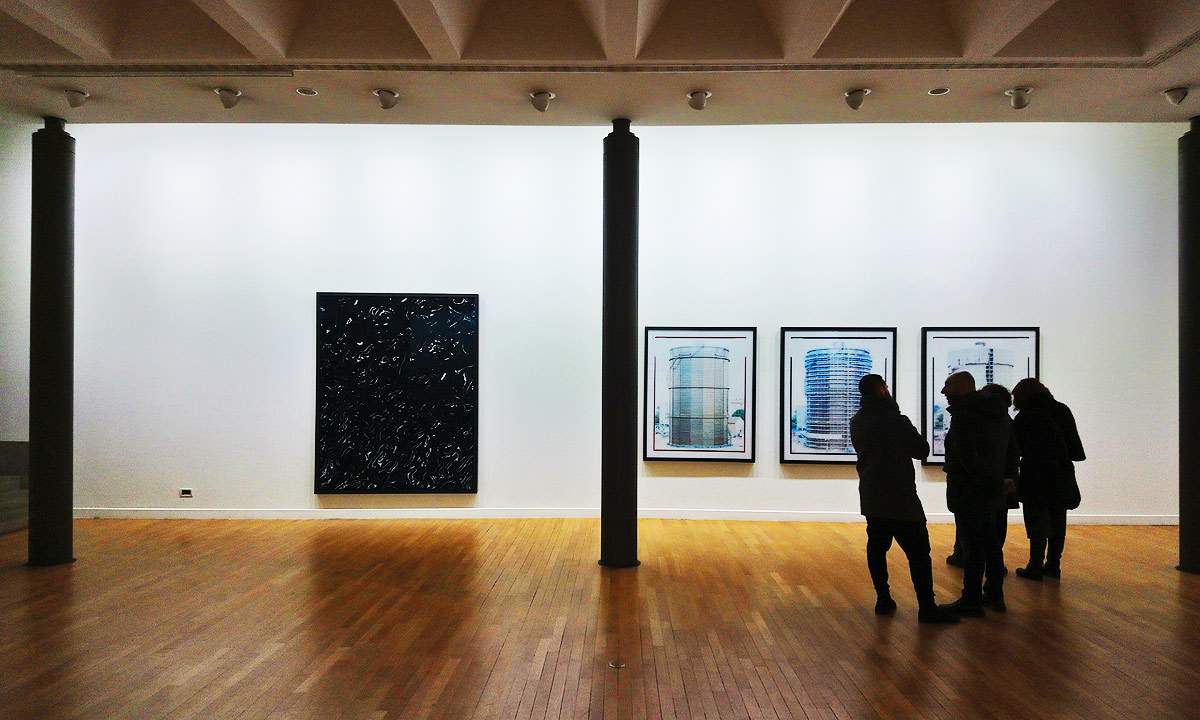When we talk about the relationship between economy and culture, at least in Italy, there is often the impression that we want to exploit the arts or facilities that produce culture to make money. In reality, virtuous management of a museum, even at the managerial level, can make it easier to achieve the objectives and obtain the first level of sustainability: the economic one. In Italy, the reference tool for having an updated definition of “museum” is the Code of Cultural Heritage and Landscape, drafted in 2004. Article 101, paragraph 1, defines a museum as a “permanent structure that acquires, preserves, orders and exhibits cultural goods for purposes of education and study.” Article 115, paragraph 2, givesbindings on the organizational model and museum governance of facilities that must be able to guarantee, through qualified personnel, scientific, organizational, strategic and economic autonomy. Paragraph 3 further specifies that “institutes and places of culture that belong to public entities are intended for public use and perform a public service.” For the first time, the issues of museum governance and management, hitherto delegated entirely to public administrations, are addressed at the legislative level. This is a decisive step in understanding the importance of museum management, which, conducted in the same way as private enterprise, will not only focus on the enhancement of collections, but also on the quality of services, which are increasingly personalized, and on the sharing of sustainable growth projects offered to people who are certainly different than in 2019, with new needs and unprecedented lifestyles to be found precisely within museums that aspire to become part of their daily lives.
In the Rome Declaration, approved by the G20 at the end of July 2021, points related to the relationship between culture and sustainable growth are highlighted with regard to economic, social and ecological issues. Culture and creativity increasingly enter into a country’s economic issues. At the same time, all states are urged to make room for the ideas of the younger generation, cultural entrepreneurship, and new educational models that should also include issues related to governance and virtuous management of museums.

In a historical moment such as the present in which individuals need to find existential reference points, to get out of states of stress and anxiety, to confront new identities, and to relive culture in contexts that produce psycho-physical well-being, the museum becomes an enterprise at the service of people: recognizing the economic value of cultural goods means becoming aware that it can bring together within the structure that houses them processes of well-being and satisfaction of the new needs of the publics and to act for these goals in a way that gets the most out of its means. Culture, also understood as an economic value, can also be taken into consideration as a means of increasing the GDP of our country, especially through cultural, slow and sustainable tourism. The effectiveness and efficiency of museum governance (public or public-private) is important because it is linked in a double thread to the general public’s enhancement and use of cultural heritage through modes more in line with the needs of the new “here and now.” Culture-producing facilities are called upon to adopt tools and management models derived from the business world when defining strategies and organizational structures.
In fact, museums must apply a management governed by innovative strategies, economic plans and business models capable of generating revenues that complement the resources made available by the public administration. Without economic sustainability, it becomes impossible to safeguard cultural heritage, human, social and environmental capital. Along with public economic support, there are different ways to generate revenue: from tickets and subscriptions to voluntary contributions (donations and associative forms), from facility management projects (cafeteria, restaurant, bookshop and giftshop) to paid collateral and parallel events (guided tours with theatrical performances, dinners, themed workshops and laboratories, interdisciplinary performances, etc.), from the loan of works to ordinary and technical sponsorships, from the opportunities offered by dedicated public calls (European and national) and Art Bonus to corporate fundraising. The interactive involvement of private companies through creative and functional partnerships for mutual goals is a very favorable practice precisely at a time in history when most companies need to reinvent their markets and reconnect to people’s new lifestyles. Catchwords: design together, intercept modalities that have the same target audiences of interest (re-profile the audiences if necessary), solicit projects in which the museum’s sustainable pathways-culture, social, wellness and environment-are transformed into virtuous unconventional marketing levers for businesses. On the one hand there are museums that can access valuable economic contributions, and on the other hand SMEs that find themselves strategic tools on unprecedented and effective measurable objectives. Thread running through it all? A new ethical and responsible planning that, supported by plans for sustainable growth, will increasingly focus on the enhancement of intangible assets and the sharing of the common good.
Warning: the translation into English of the original Italian article was created using automatic tools. We undertake to review all articles, but we do not guarantee the total absence of inaccuracies in the translation due to the program. You can find the original by clicking on the ITA button. If you find any mistake,please contact us.